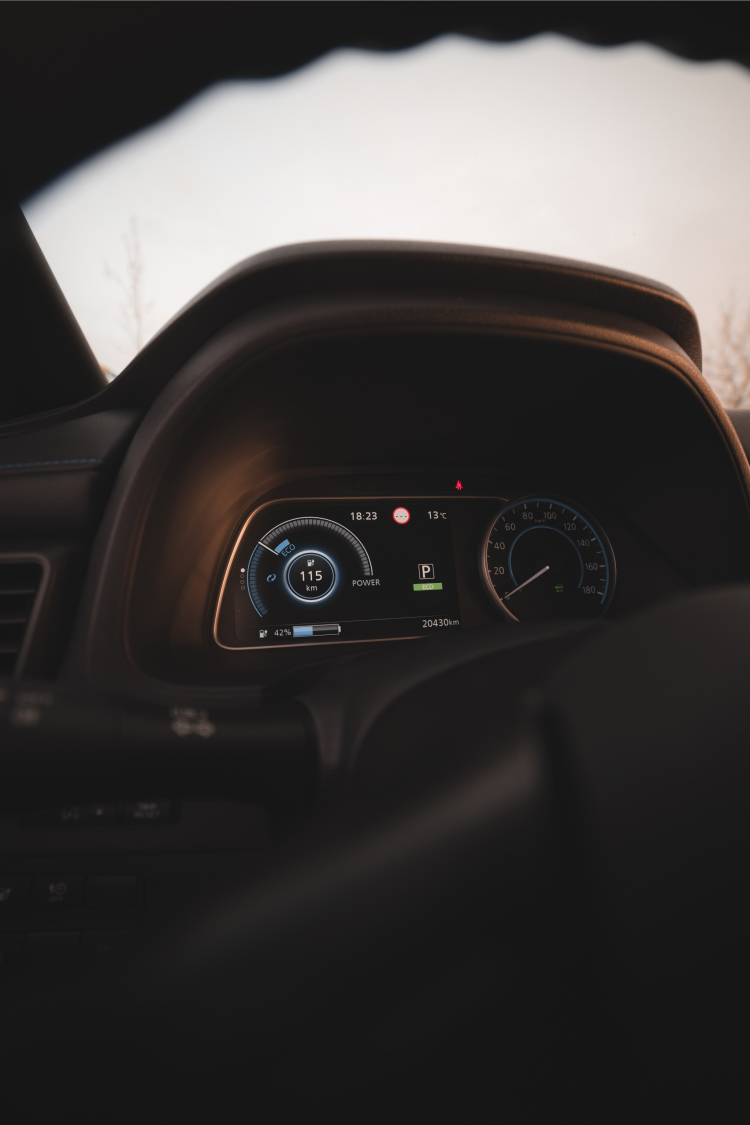Pros and cons of electrifying your vans
Benefits of fleet electrification
It is becoming increasingly important for companies to contribute to climate goals, both because of the desire from society and government regulations. Electric vans are a lot more environmentally friendly than petrol or diesel vans because they do not emit CO₂. Some cities in the Netherlands have already planned to ban commercial vehicles with combustion engines from the city centre from 2025, making it accessible only to electric vans. Moreover, customers are also increasingly opting for the most sustainable option. By electrifying your fleet, you put your company on the map as a sustainable and green business and invest in green employment and innovation. It will also ensure that you keep access to all environmental zones and continue to operate correctly.
In addition, electrification of the fleet means cost savings in the long run. This is because electric commercial vehicles cost you less to charge and maintain. Buses with combustion engines have many different parts, which can break down separately. With an electric van, however, you only have to consider the battery. Even with the rising prices of petrol and diesel, you will be a lot cheaper with electric charging. For example, you can have a full battery for as little as €20, when the cost is €0.37 per kWh. That's a significant difference from a full diesel tank, for which you can easily spend €125. Financially, then, electrifying the fleet is a smart choice for your business.
Current state of electric vans
Did you know that over 7.8 million electric vans will have been sold worldwide by 2022? Electric vans are also popular in the business field. For instance, the purchase of electric vans has increased by as much as 58% in the past year. Yet only 1.4% of fleets in the Netherlands are still fully electric. As far as we are concerned, it is time this changed.
After all, these days electric vans are not inferior to the fossil versions. They are quieter, more environmentally friendly and also often have a considerable range. As we mentioned above, opting for an electric fleet is often also the financially most advantageous choice. Meanwhile, the government is pushing to expand the infrastructure for electric charging. For instance, it is becoming mandatory to install a certain number of charging points in new buildings, and fast chargers are increasingly available in public spaces.
Barriers to large-scale fleet electrification
There are also a number of factors that might make you hesitate about fleet electrification. First, there is the purchase price of electric vans. This is still higher than that of fossil-fuelled vans, meaning that buying several electric vans can be a hefty investment. However, this is offset by the costs in the long run: due to low maintenance costs and government subsidies, electrification of the fleet is the most cost-effective option in the long run.
In addition, with an electric fleet, you are stuck with a certain range. In general, a medium-sized van has a range of around 300 kilometres, but this can be affected by the load and weather conditions, among other things. This is precisely why properly planning the routes for your electric fleet is extra important, using RouteLogic's software, for example. This is because it ensures that you can make the best use of your electric vans. Finally, because the technology is still so new, there is little knowledge about an electric fleet among consumers and businesses. This often creates less confidence in electric driving. However, the technology around electric driving is making great strides and it is becoming increasingly common to drive an electric van.
Policy measures and initiatives to promote fleet electrification
The Dutch government offers various subsidies and programmes to help companies switch to electric vehicles. Various subsidies and tax breaks make it advantageous to electrify your fleet. For instance, you don't pay motor vehicle tax for electric vehicles until 2024, and subsidies such as the Zero Emission Company Cars Subsidy Scheme, the Environmental Investment Deduction and the Small Scale Investment Deduction often make a difference of up to thousands of euros. In addition to its commitment to expanding infrastructure for charging electric vans, the government is also working with industry and civil society organisations to encourage electric driving.
The future of fleet electrification
The benefits for fleet electrification will only increase, due to both regulations and incentives from the government, and technology developing rapidly. There are already many different models of electric vans on the market in different price ranges, making fleet electrification an option for more and more entrepreneurs. Moreover, as an entrepreneur, committing to electric driving puts you in the picture with a large group of customers who have sustainability at the forefront of their minds. The electrification of your fleet is therefore an investment in the future. The trend towards sustainable, green and electric driving is only expected to continue.
Both the financial benefits and the contribution to a sustainable future are convincing advantages of fleet electrification. Thanks to incentives from the government, this is a cost-effective option for your business, and with good route planning software like ours, you will no longer suffer from a limited range. Fleet electrification is therefore the best choice for both your company and society. This way, your company can contribute to a sustainable, improved climate and take a step towards the future.



